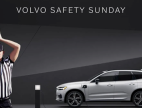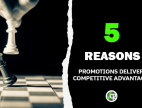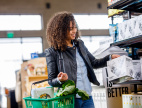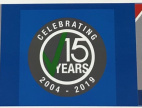The future for eCommerce ‘cut through’ is embracing tried and tested promotional mechanics
11 Nov 2021
By Mark Burgess, October 2021
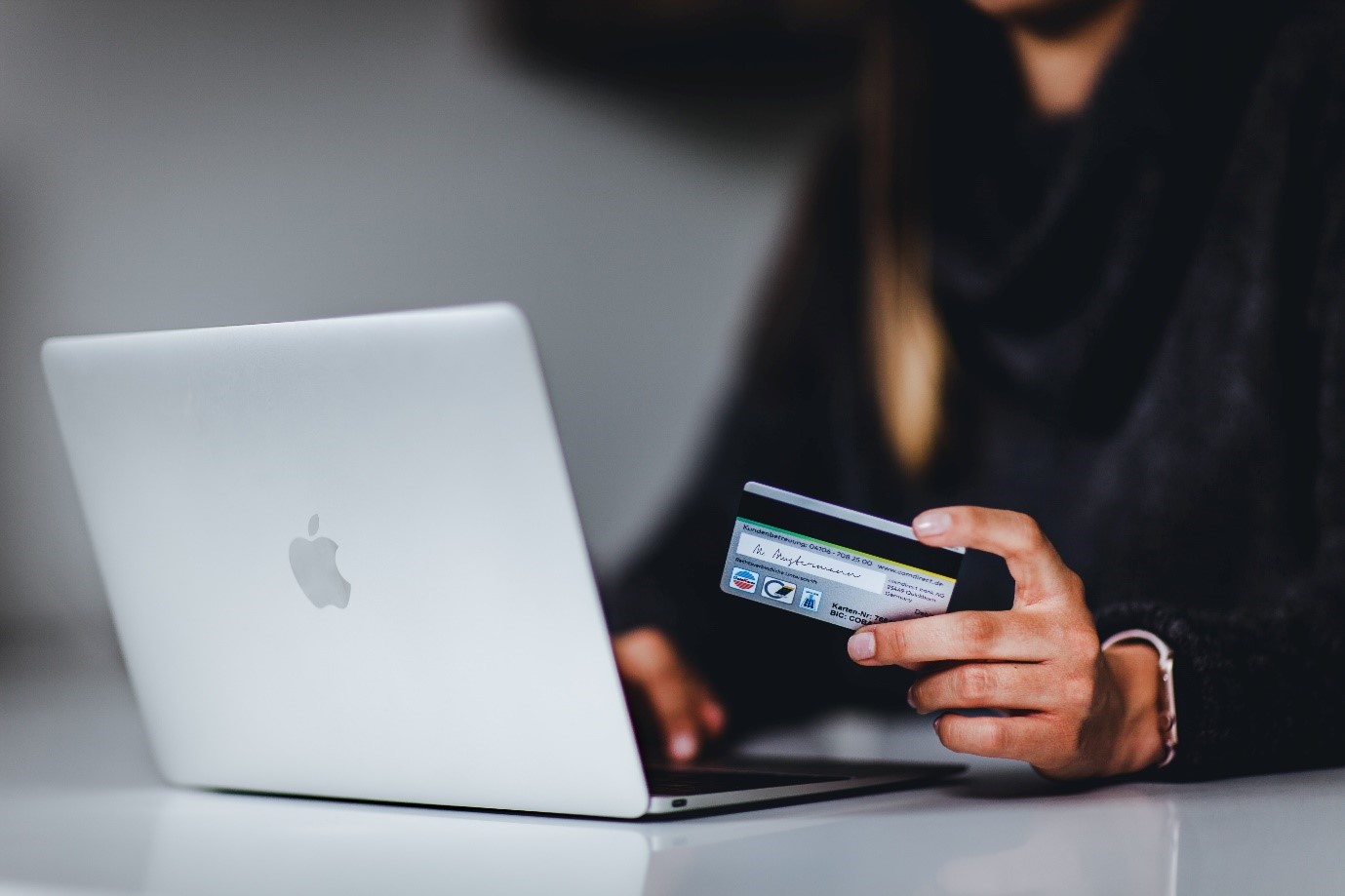
Lowest price, immediate delivery or click and collect at your convenience. Just some of the many ways that have helped to convince many of us to spend via eCommerce whilst decrease our high street expenditure.
Gone is the time when ecommerce was just for white goods, bulky items or products you only bought on subscription. A global pandemic has meant that it’s no longer just early adopter consumers that have realised that their time can be better spent than shopping for the same products week after week.
The likes of Amazon, Just Eat, Uber Eats and Deliveroo have inspired a new delivery expectation. Delivery booking slots for your convenience, or the option leave at your local store have been added to the lowest price guarantee. This is now normal. And anything less than a convenient delivery and competitive pricing is simply not good enough and might prevent a purchase in the first place.
In London and other parts of the UK, the next level of delivery service has become available. Groceries delivered in 10 minutes. Yes, 10 minutes from picking to packing to delivery to your front door. Using local hubs and online tech means an explosion of online grocery is becoming available with Gorilla’s, Weezy and Getir offering unrivalled delivery times. And what is even better? It’s environmentally friendly too with bicycles and electric bikes. An approach that has already seen the incredible growth of etailers like Freddie’s Flowers as a non-grocery example.
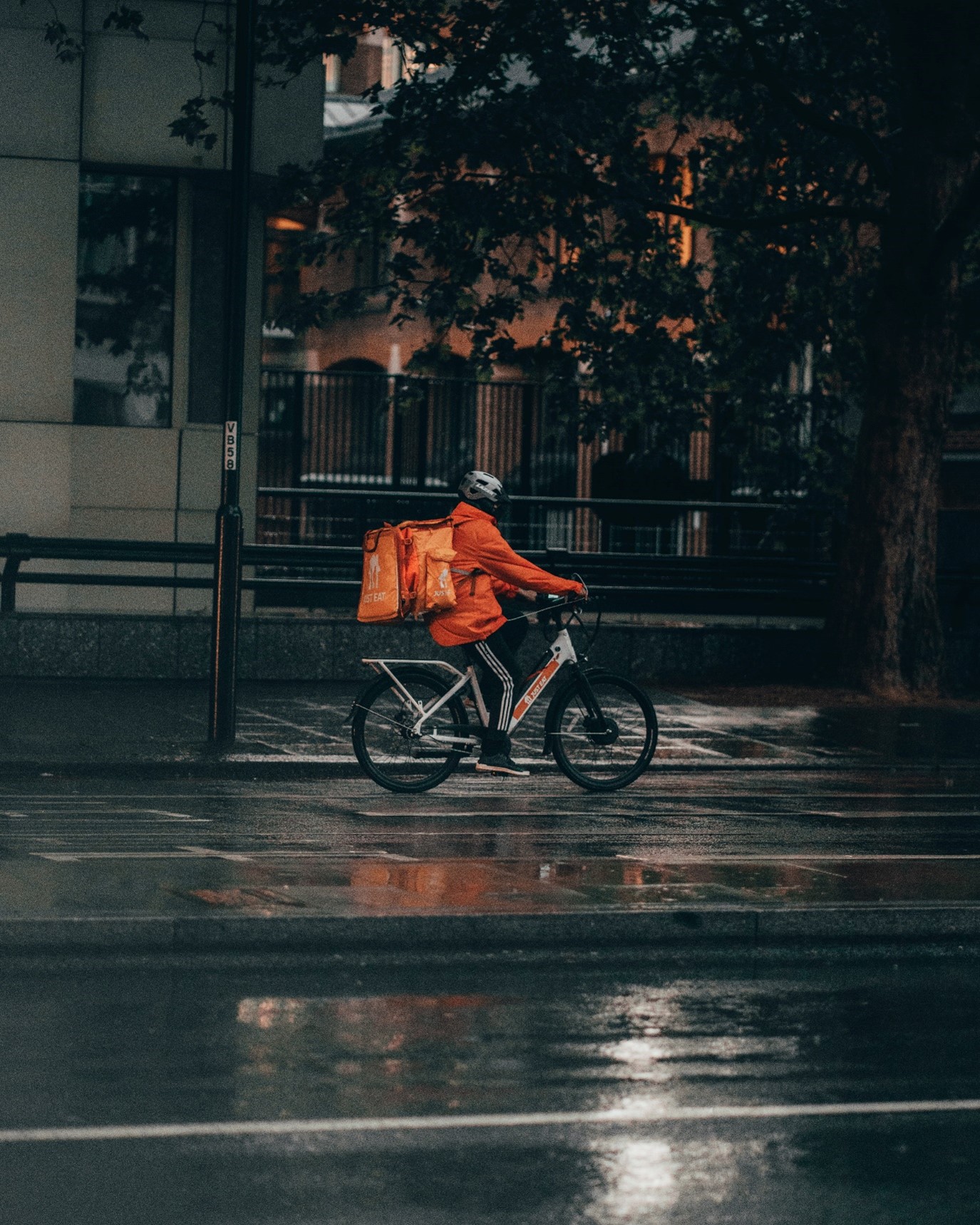
With these new consumer expectations on costs and delivery, where can eCommerce retailers go next? The exploration for next point of difference between the ecommerce players has already begun…
Whilst more people search for products on Amazon than Google these days, that doesn’t mean that they always stick with Amazon to complete their purchase; Amazon’s ‘customer experience’ has improved with A+ Premium pages and product video content but they remain struggling to drive the ‘experience’ that retailers turned etailers are offering - hence their move into Whole Foods and Amazon Go stores.
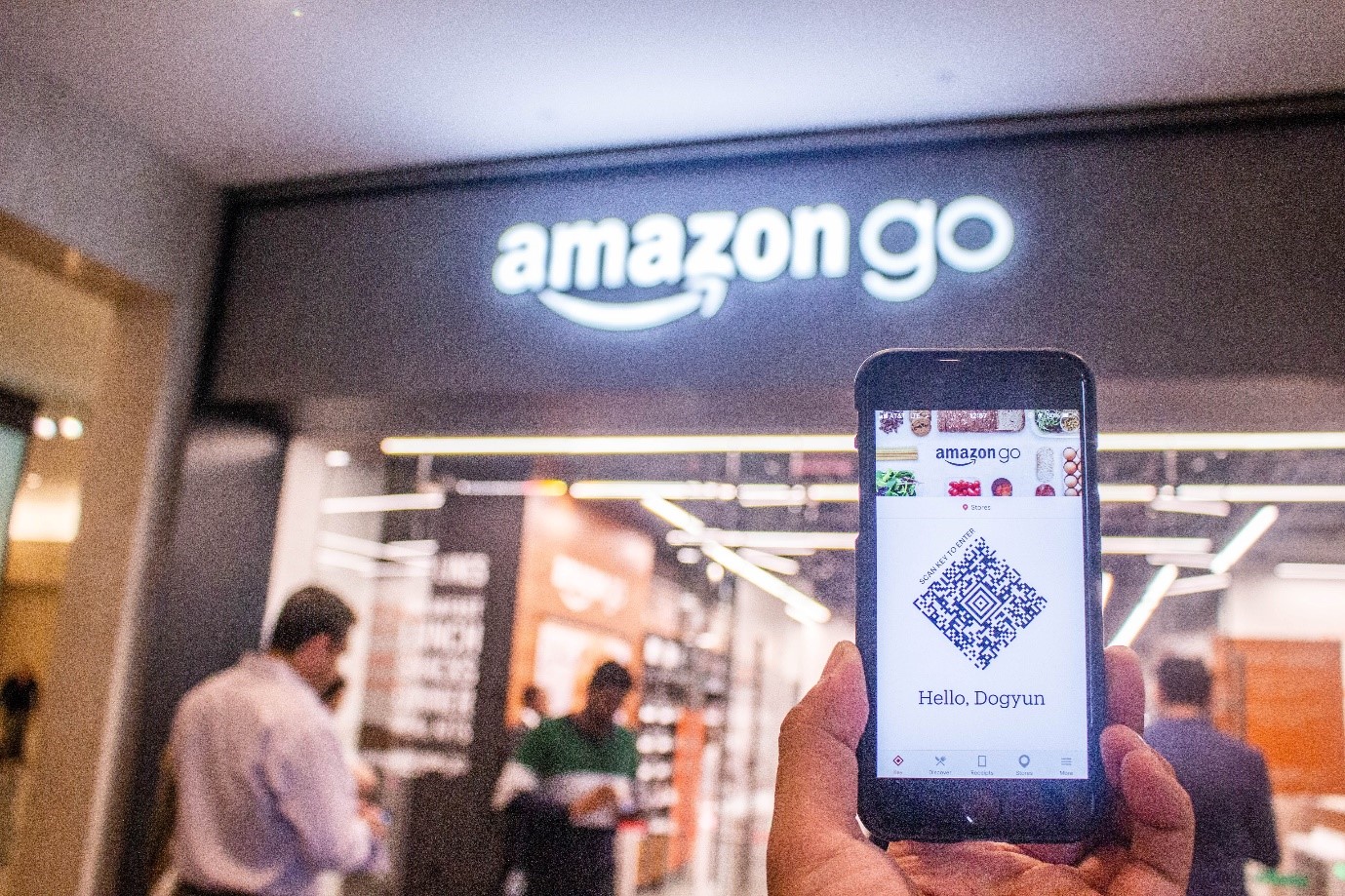
And now the news that Amazon are launching their first non-food store in the UK at Bluewater where 4 star or higher rated products are sold. “But this isn’t about shifting more product, it’s about baiting shoppers into the ecosystem” said retail expert Natalie Berg of NBK Retail. Amazon’s approach is certainly experimental – so what might they trial next from the promotional world of retail? Chances are they might have already tried it or at the very least, are open to it…
At the time of writing (Oct ’21), the VCG team conducted store audits to find over 100 promotions being run in the UK alone – so which of these mechanics might translate to ecommerce and what are the watch outs and recommendations for considering such tactics?
- Instant Win – some argue that instant win mechanics are already mainly online based but in reality, the microsites only facilitate many purchases in store to reveal the winners as it’s more secure than an insert in pack or winning reveal that is left under the chocolate on the wrapper.
Creating more ‘Spin to Wins’ or QR codes to reveal the winner is much slicker on mobile and can also work on ecommerce via email receipts providing more instant gratification and increasing play rates. - Cash back – did you know that Amazon already allow cash back promotions? Well, they do, ensuring that price remains critical to Amazon’s ongoing promotional strategy too - although, you do struggle to find the quality or simplicity of many in store offers. The best way to administer these is via a trusted partner who can offer a simple redemption process such as Visa and Mastercard digital cards. Independent, efficient and ideally administered via a standalone microsite means that the consumer doesn’t need to share bank details and has a frictionless process.
- Try me free / Money back guarantee – you might find the occasional promotion on marketplaces, but these can be brand led and with Amazon seller / Amazon Vendor accounts, the expectation is that the item can be returned without quibble – often if under £5, they don’t even ask you to send it back. Brands should utilise a digital promotional card solution so consumers can use them wherever Visa / Mastercard are accepted.
- Free samples – did you know that you can sample via Amazon Fresh? In my opinion, this is something that Amazon haven’t got quite right – not only are the costs very high and the promotional windows short but the consumer ‘experience’ is much more passive; this said huge steps are being made via Amazon Alexa and the send me a sample mechanic and it will be interesting to see how voice translate as a promotional channel.
- Gift with purchase and personalised bundles – one of the benefits of ecommerce is the ability to be able to pick and pack or try new products and promotions quicker – an example being the ‘Drop Shop’ – an online drinks site where they offer product bundles and gift with purchase incentives that feature leading brands like Whitley Neill and Brewdog
Many retailers and etailers don’t however allow brands this permission or the sites don’t have the flexibility to make this possible.
A solution? This would be to run your own D2C shop. Heinztohome offers personalisation that is exclusive to their own channel and plays to brand adorers. And brands like Ella’s Kitchen also have their full range in case your etailer of choice doesn’t stock them.
In summary, whilst many of these mechanics still need to develop, the ones that replicate a form of experience online are the ones that might succeed. Creating the magic of a prize reveal, choosing the sample or gift with purchase that you actually want to receive (rather than being handed it) or getting your money back in a slick and convenient way is surely the best of both retail and etail?
It would seem clear that those that can harness the power of promotions and re-create that consumer experience from the aisle to the screen will be the ultimate winners.





